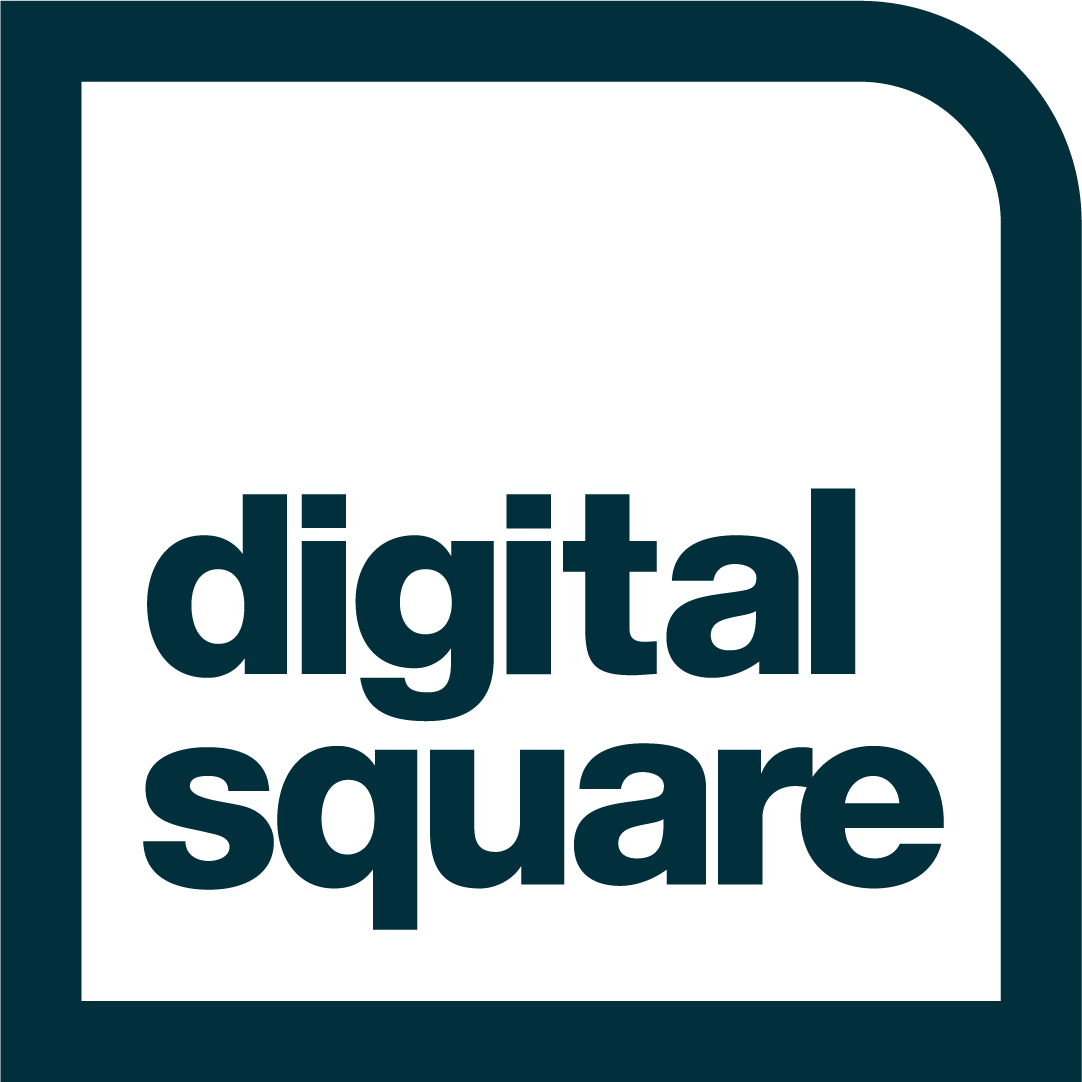Making WHO guidelines practical and actionable through digital adaptation kits
As the United Nations agency responsible for international public health, The World Health Organization (WHO) connects countries, partners, and people to advocate for universal health care, monitor public health risks, coordinate responses to health emergencies, and promote health and well-being. A core function of WHO is the development of global guidelines to ensure appropriate use of evidence. WHO guidelines articulate and endorse rigorously tested recommendations for health interventions to be adopted within country programs. When applied correctly and consistently, guideline recommendations save lives and improve the health of individuals and populations.
With countries increasingly investing in digital technologies for health, WHO member states and their implementation partners need guidelines to help countries more efficiently and accurately adopt WHO health and data recommendations through digital systems. WHO’s SMART guidelines are designed to address this need. SMART guidelines – Standards-based, Machine-readable, Adaptive, Requirements-based, and Testable – are a set of reusable digital health components (e.g., interoperability standards, code libraries, algorithms, technical and operational specifications) that provide a five-step pathway to advance the adoption of best clinical and data practices as a country ramps up its digital capabilities. Use of SMART guidelines results in standards-based, interoperable systems that can share accurate data and become part of stronger, more sustainable health information systems.
For countries to implement these SMART recommendations, national governments and technology partners must interpret and then adapt the content to align with local policies, procedures, and digital tools across many health areas. This work can be challenging and ambiguous. With that in mind, WHO has led the development of digital adaptation kits (DAKs) to package WHO guidelines and operational resources in a standardized format that provides a common language across various audiences—including health program managers, software developers, and digital system implementers. Through practical components such as workflow processes and data dictionaries, WHO DAKs distill content from a range of published WHO guidance to ensure relevant health information is included for a specific health area. DAKs are software-neutral, operational, and structured documentation based on WHO clinical, health system, and data use recommendations to systematically and transparently inform the design of digital systems.
One DAK, released in 2021, is designed for countries implementing WHO family planning recommendations in their digital systems. Led by WHO, PATH worked with a group of partners—HRP, UNFPA, and JSI—to develop the DAK for family planning. This DAK covers screening, testing, and counseling for managing and deciding on contraceptive methods, care and support for survivors of intimate partner and sexual violence, and considerations for adolescent well-being and self-care interventions. The family planning DAK draws on more than 10 guidance documents and is ultimately a primary health care approach, given its focus on services in the WHO universal health coverage list. This DAK is the second one after the DAK for antenatal care, which launched earlier in 2021.
With WHO leadership, Digital Square at PATH has been working on a DAK for HIV which will be available soon. The HIV DAK will include standardized content to support delivering services across the HIV cascade, from primary prevention to viral suppression.
WHO's practical approach to SMART guidelines continues to expand as additional DAKs are forthcoming—for immunizations, postnatal care, child health, and self-care interventions. Taken together, the DAKs bring practicality, accessibility, and user-centered design to improve the uptake and impact of WHO guidelines.

